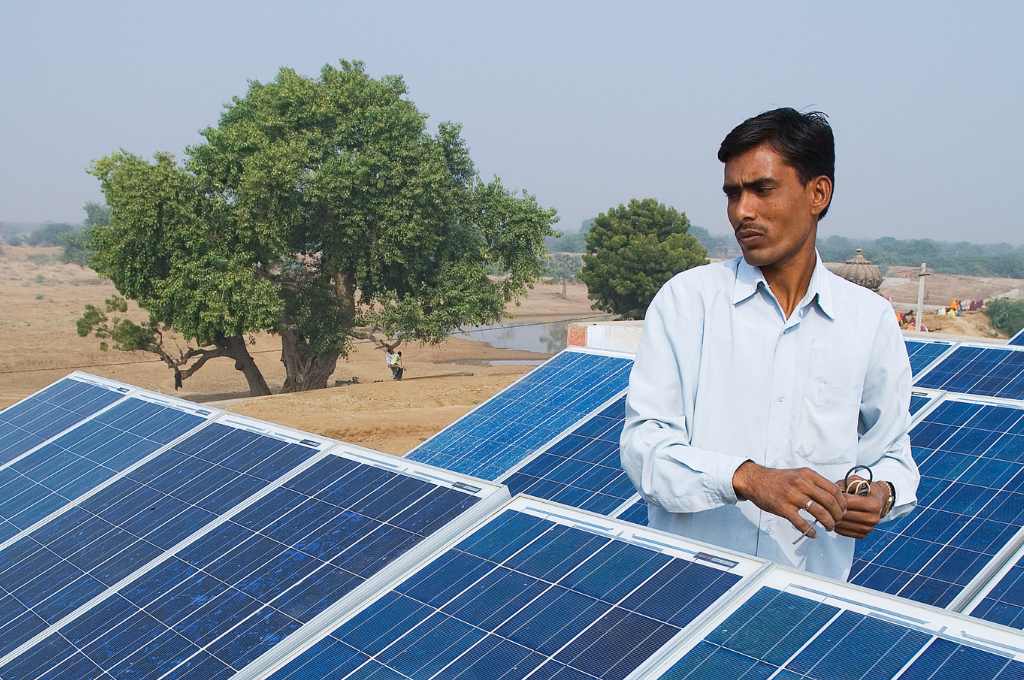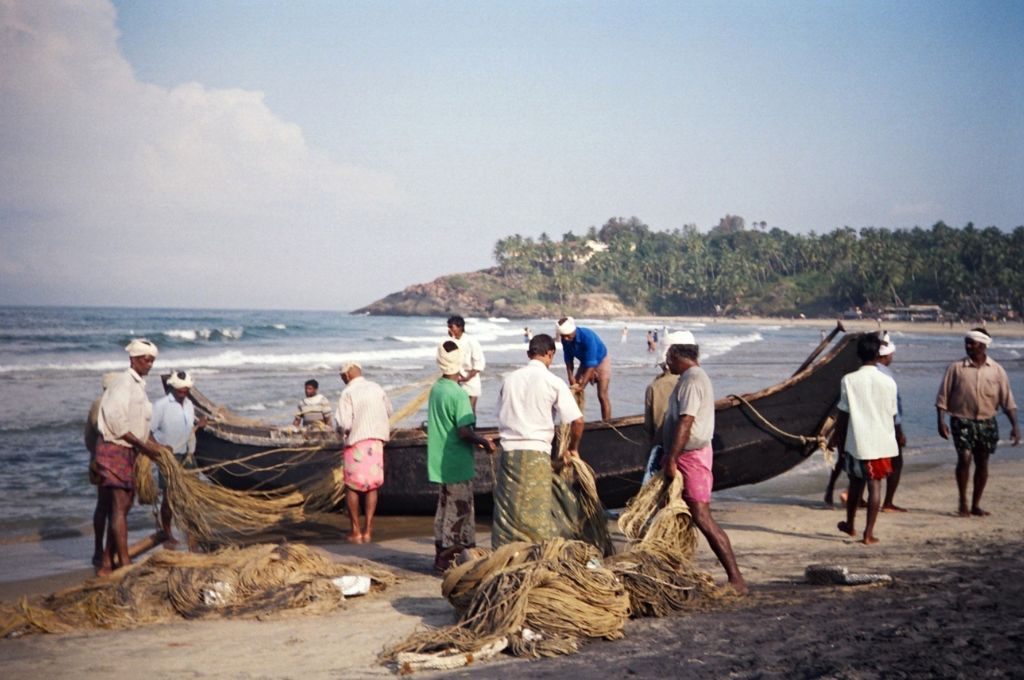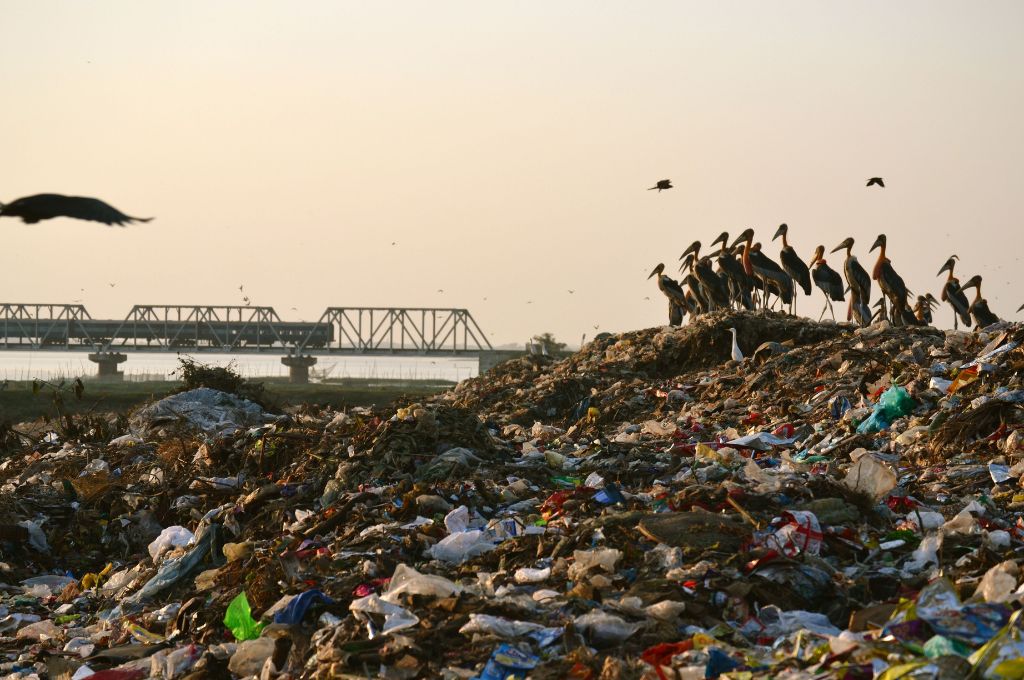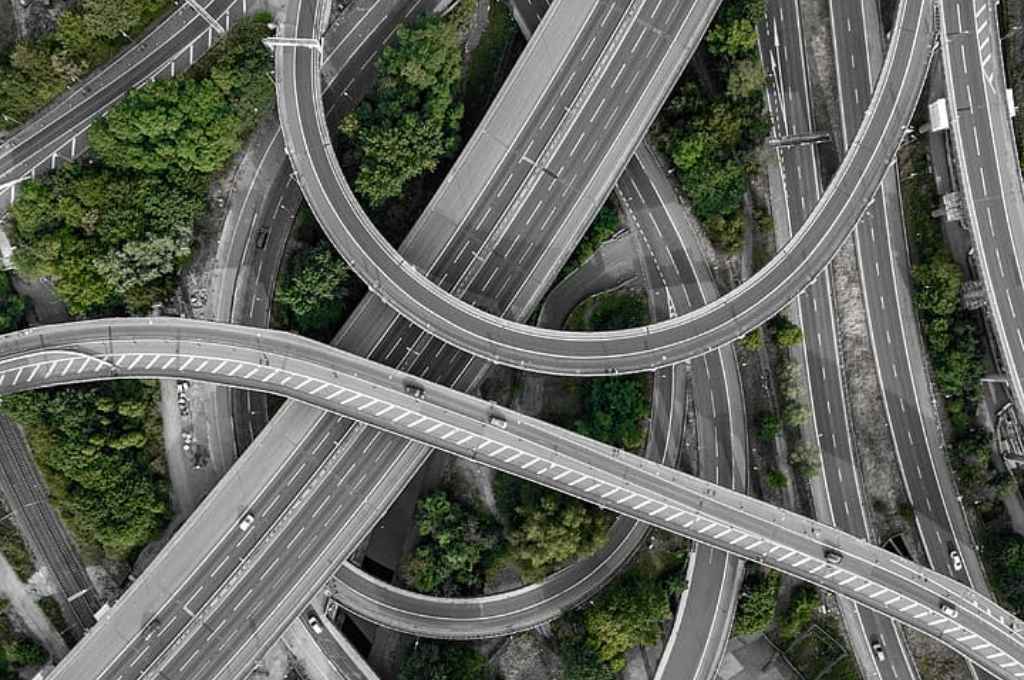At COP26, India set the ambitious goal of achieving net zero by 2070. This will require large investments in infrastructure and renewable energy. Decarbonisation is touted as a panacea that can benefit society in numerous ways beyond its primary goal of climate mitigation. This is because of the prioritisation of positive economic outcomes associated with decarbonisation: investments in new technologies, cheaper energy, maintenance and transport, and net increases in demand induced by consumption and employment. However, such complex economy-wide shifts and societal changes inevitably create “winners” and “losers”, amplifying pre-existing inequalities. A growing body of literature on energy justice states that it’s the already marginalised who pay the steepest price in low-carbon transitions. Researchers must therefore take stock not only of the co-benefits but also the disbenefits of such transitions. India needs to account for the human costs of decarbonisation policies through comprehensive research prioritising social justice in its net-zero transition.
The disbenefits of solar energy
Solar photovoltaics (PV) are an illuminating case study of the socioeconomic complexities around net-zero planning. PV is a frontrunner in India’s low-carbon planning. India has increased its solar capacity from less than 10 MW in 2010 to 70.10 GW in 2023. We can expect this trend to continue, given the Pradhan Mantri Suryodaya Yojana scheme to install rooftop solar for one crore households. There is massive potential for solar energy given that India’s land area receives approximately 5,000 trillion kWh/year of solar radiation and that solar is one of the cheapest forms of energy. Capitalising on this potential, the Indian government has sanctioned 50 solar parks in 12 states since 2014. As India grows its solar energy capabilities, it is crucial to understand and address the associated challenges.
India’s solar parks have generated huge quantities of renewable energy. The government’s Development of Solar Parks and Ultra Mega Solar Power Projects scheme states, “a solar park is a large chunk of land developed with common infrastructure facilities like transmission infrastructure, road, water, drainage, communication network etc. with all statutory clearances…The scheme facilitates the installation of grid-connected solar power projects for electricity generation on a large scale.” Solar parks significantly reduce the cost and enhance the accessibility of solar electricity generation. This gives them enormous potential to help reduce poverty and energy poverty in rural areas. However, prioritising economic outcomes has, paradoxically, often led to amplifying inequality.

While solar PV is indeed a clean, climate-friendly technology, it is a misconception that PV deployed at scale in large solar parks in otherwise ‘unused’ or ‘desert’ rural regions, is automatically a win-win situation. An analysis of Charanaka solar park in Gujarat, Bhadla solar park in Rajasthan, and Pavagada solar park in Karnataka shows that these large infrastructure projects need closer evaluation to prevent a deepening of inequality. These sites illustrate the following ill effects of inadequate policy planning:
Inequitable land acquisition: Solar parks require large swathes of land, usually located around scattered rural populations. Land is the sole or primary asset of rural households, to which their incomes and skillsets are inextricably linked; once the land is acquired by the government, families are often left without a livelihood. Therefore there are policies like the Land Acquisition Act 2013 in place; the act requires the relevant government to assess the potential impact of large renewable energy projects on “livelihoods of affected families, sources of water for cattle, grazing grounds, and traditional tribal institutions etc.” The government must make social impact assessment (SIA) reports accessible to local communities in order to ensure a “human, participative, informed, and transparent process for land acquisition”. Yet this Act is frequently ignored or circumvented.
In the case of the Charanaka park in Gujarat, villagers were denied the opportunity to express their concerns at their Gram Sabha, and were provided with neither details about the project nor the true value of their land. Many villagers thus ended up selling their land for less than its true value.
Laws to protect human rights being absent or inadequately enforced shifts the burden of vigilance on to locals. At the Pavagada park a new win-win policy model, said to be more focussed on equitable outcomes for local landowners, was suggested. The land was to be leased instead of purchased, allowing leasing farmers to earn rent and eventually have their farms returned to them, though no promises were made regarding the quality of the land once the park was decommissioned. Consultations hosted by the Karnataka Solar Power Development Corporation Limited were attended by up to 2,000 locals before the project began. This seemed like a strong start. And yet, the Shakti Sthala Farmers’ Group (consisting of leasing farmers from five villages near Pavagada park who aimed to safeguard the interests of their communities) had to hold an emergency meeting after they discovered that one of the solar companies had mortgaged their land lease documents to apply for a bank loan.
Clearly, policies like the Land Acquisition Act are inadequate to protect the rights and livelihoods of marginalised communities. A potential solution is to incentivise compliance with the rule of law, and build state capacity to scrutinise the administration of solar parks. States are permitted to develop alternative mechanisms to bypass laws like the Land Acquisition Act. This decision should be reconsidered. Where new models like land leasing are tested, loopholes must be addressed and negative impacts monitored before they are reproduced elsewhere.
Double marginalisation: Women, lower-caste groups, landless labourers, and small farmers are at greater risk of further marginalisation by large infrastructure projects. When landowning farmers sell their land for the creation of a solar park, labourers who previously worked on those farms lose their jobs. While the park is under construction, the number of jobs grows, but once it is established, unskilled labourers are unable to take on the few technical jobs on offer at the solar parks. The Pavagada solar park, for example, with its focus on cutting costs, employs robots to clean solar panels.
Women also lose out when their family land is leased or sold. Traditionally, women are less likely to own land or other assets like farm equipment. Landed men earn rent, and those with tractors or experience with machinery are able to sell their skills in and around the solar park. Given that women are often less educated, their traditional roles on family farms are either lost or radically changed by solar parks. A Pavagada solar park administrator claimed he was hesitant to hire women, since inadequate security measures at the park had him worried about women’s safety. Unable to find work locally, girls from around Pavagada resorted to searching for low-paying, exploitative jobs in garment factories in Bengaluru.
Other communities have also lost their livelihoods when their land was acquired to build a solar park. Local nomadic communities in Charanaka lacked access to information regarding the nature and details of the upcoming project; their needs were not represented in local bodies. As a result, they lost access to the government-owned, so-called “waste” land, which were pastoral lands where they had grazed their animals for centuries.
Clearly, India needs to focus on energy justice in both the research and policy. For example, the nomadic communities of Charanaka felt that acquiring a large swathe of land, which was not in fact wasteland but was essential to their livelihoods, was not the appropriate policy. They suggested the park be disaggregated so that smaller plots from different villages could be utilised, safeguarding common lands. Such perspectives must be taken into account, even if they increase the cost of developing the park. Furthermore, methods of disbursing information should cater to all strata of society to ensure they are able to make informed decisions regarding their resources.
Unfulfilled promises: Private solar companies are usually required by the Companies Act (2013) to spend 2% of their average net profits on CSR activities every year, and government authorities often promise that new infrastructure projects will include schemes to ensure benefits to locals. Despite such policies, promises of free electricity, better schools, and CSR funds remain unfulfilled and there is rarely a recourse for redressal. In Pavagada, most of the promises that were reneged on – like electricity for the leasing households, jobs, and new infrastructure for locals – had not been documented in any legal contracts.
Monitoring and evaluation of the outcomes of solar projects has to be consistent, and state agencies must be held accountable to ensure that social welfare promises are honoured. Cooperation among different governmental and non-governmental agencies would help ensure equitable planning and execution of sustainable energy projects.
Overlooked human and biodiversity externalities: Often, glaring flaws are left unaddressed in policy planning around large infrastructure projects. Pavagada, for instance, is well-documented as a drought-prone area. Yet the Karnataka state government conditionally approved the digging of borewells to extract 1,100 kilolitres of water per day, to supply the regular washing needs of solar panels. Worse still, this large amount of water was still inadequate to fulfil the requirements of the solar park. Water requirements should be accounted for well before a project is green-lighted. However, the Environmental Impact Assessment 2020 exempts solar farms from environmental clearance requirements. There are also no legal requirements for a water use plan unless state policies specify it; most state policies remain ambiguous on this topic.
Beyond these large-scale issues, unique problems emerge in different contexts. Farmers who retained their land reported that, during the construction phase of the Pavagada project, pollinators like butterflies and bees stopped visiting the area, drastically reducing crop yields. Regional biodiversity is often severely impacted.
Clearly, policy needs to change. Firstly, India should reduce policy exemptions and ambiguities in relation to solar and wind parks. A second suggestion is to improve prospective project assessment. Thirdly, India must ensure participation from local communities in all decision-making processes that involve the use of their land and resources.
Harnessing energy justice for holistic decarbonization policies
If net zero policies are improperly formulated, implemented, or governed, they can entrench pre-existing societal injustices. Alternatively, low-carbon transitions can be re-designed in socially equitable ways. Solar energy has numerous potential benefits including reduced cost of electricity, jobs in remote areas, and cleaner air. However, to ensure that these benefits are equitably disseminated, and that disbenefits to marginalised communities are minimal, policymakers must be aware of the social dimensions of decarbonisation policies and projects. This is a vital step for India to meet both its climate targets and its Sustainable Development Goals.
This article was originally published on Transitions Research.





